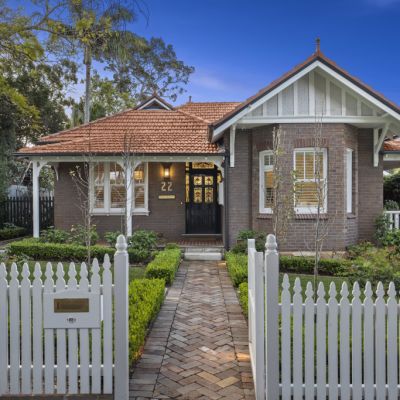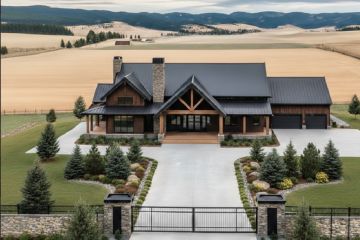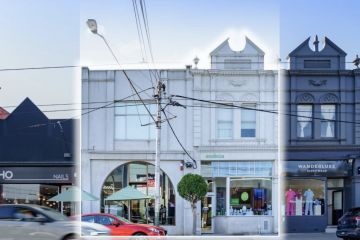Do heritage-protected properties make good investments?
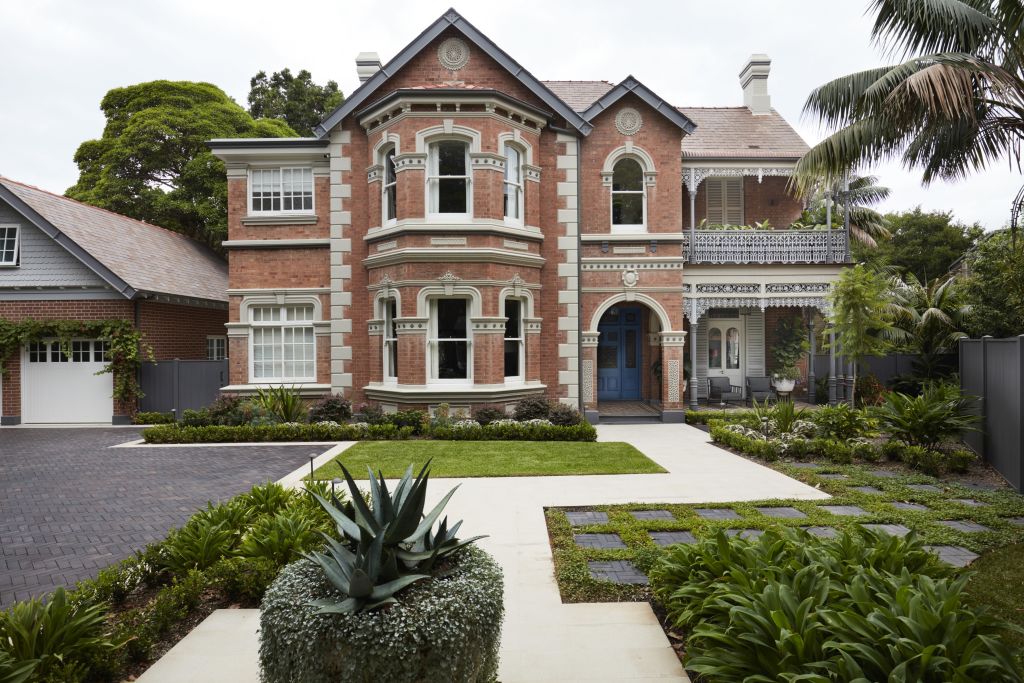
There’s no denying the charm of a historic home. From Victorian terraces to art deco gems, Australia is dotted with period properties that captivate buyers.
“I think people appreciate the story behind these homes … they find them very endearing,” says real estate agent Ben Collier, who operates in Sydney’s eastern suburbs.
Government-enforced heritage protections ensure these historic properties can be admired for years to come.
Designed to preserve the features that make a home significant, these legal protections outline maintenance requirements and limit the changes that can be made to a property.
So, is a heritage-protected home a good investment?
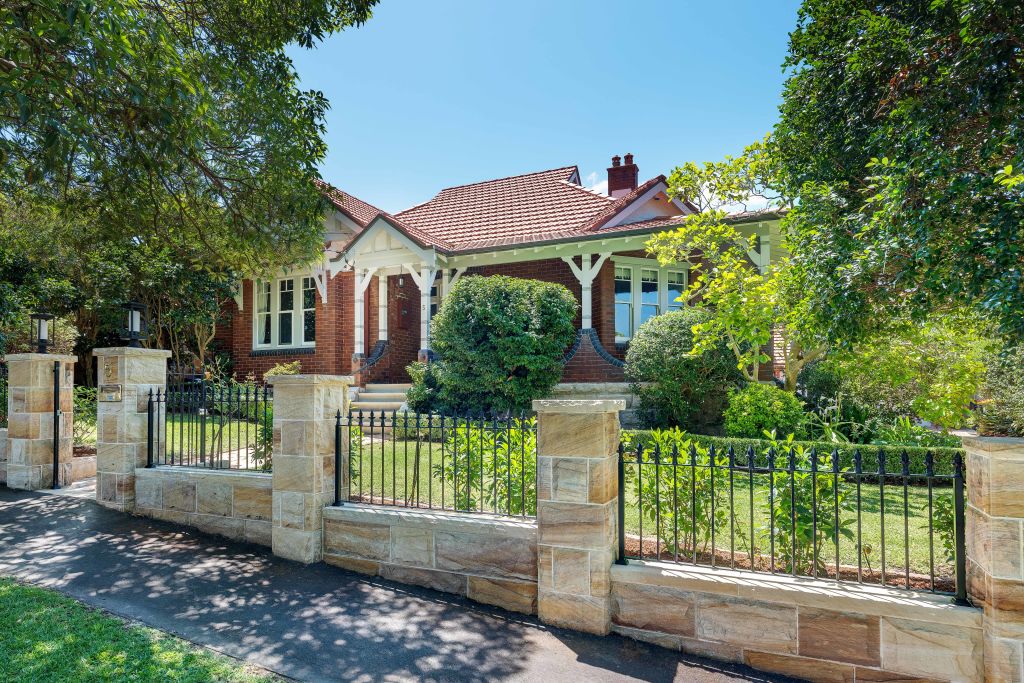
Types of heritage protections
Firstly, it’s important to distinguish between heritage listings and heritage overlays.
“They are quite significant differences and a lot of people don’t know the difference between the two,” says Wakelin Property Advisory director, Jarrod McCabe.
Enforced by local councils, heritage overlays or conservation areas typically cover multiple properties within a defined zone and are designed to protect the character of an area.
Heritage listings, on the other hand, are managed by state or national governments and protect specific features of a historically significant building.
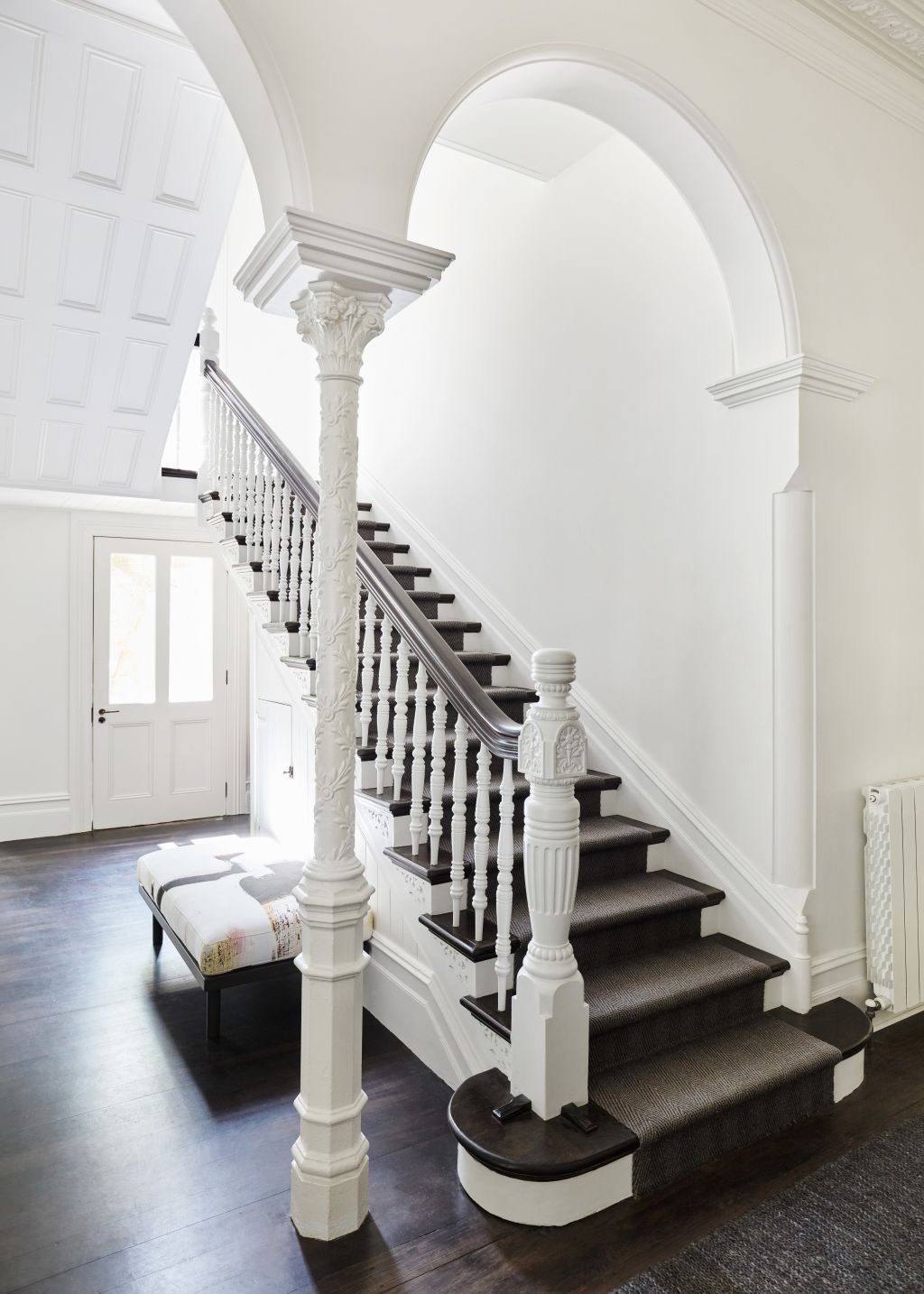
“Being listed on the heritage register can have significant impacts on carrying out any form of renovation,” says McCabe. “Whereas a heritage overlay can be as simple as paint controls on the exterior of a property.”
Your local council’s website is a good place to start when determining if any heritage protections apply to a property. You can also search your state heritage register or Australia’s National Heritage List.
For heritage-listed properties, agents may commission reports as part of their sales campaign.
“Sometimes we’ll go to the effort of getting a heritage report done,” says Collier.
“We’ll gift a copy of that heritage report to a purchaser so that they then have a clear understanding as to what can and can’t be touched – quite often it’s the facade only and people don’t understand that until they read the report.”
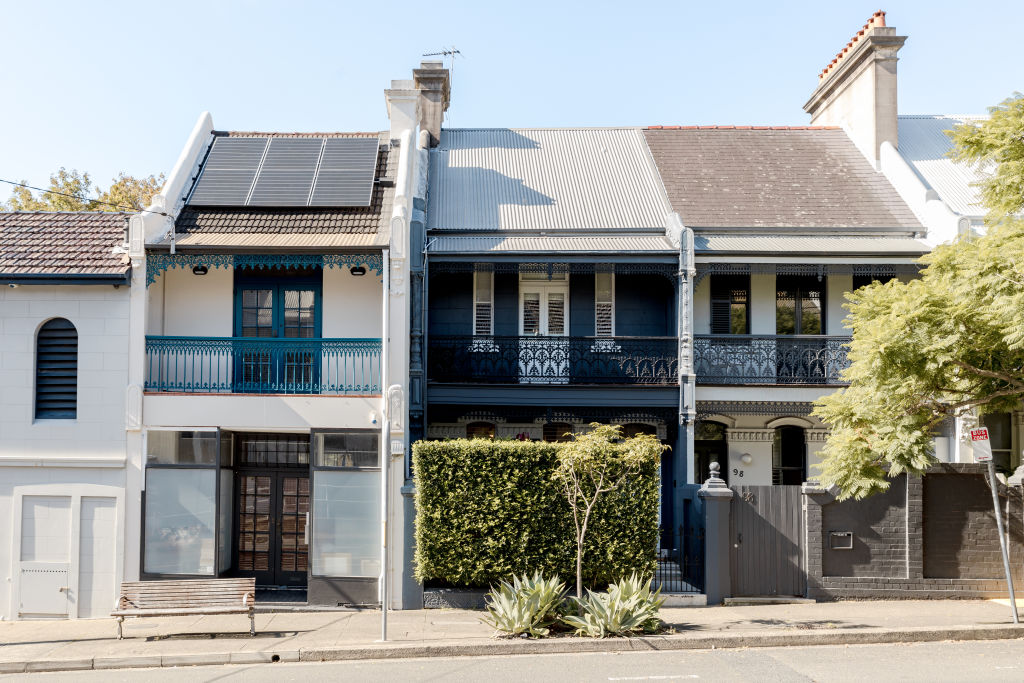
The appeal of heritage homes
Heritage-protected homes often come with features that are highly appealing to buyers – think high ceilings, ornate fireplaces and decorative cornices.
“There’s a volume, a scale and, in a lot of cases, a generosity that’s associated with these homes,” says Collier. “What they like about it is the heritage facades and those formal rooms with fireplaces and cornices and architraves.”
In addition, many heritage-protected properties are located in sought-after inner-city areas.
“The underlying value of those properties is generally pretty good and that’s where you typically get your growth from, so if they’ve got good parcels of land then they do typically perform quite well,” says McCabe.

While a heritage overlay can deter developers, McCabe says that this type of protection can be a selling point for other buyers.
“It can be a positive thing in that it retains consistent streetscapes and means that areas retain their attractiveness to the market in general.”
While the market for heritage-listed properties is typically smaller, there is value in their rarity, provided the property has been well maintained, McCabe says.
“[Buyers] that do have an appetite for it probably have a passion for it, and if you can find the right ones, they will be prepared to pay a premium,” he says.
“If they haven’t been maintained over an extended period of time, that can be a restriction and certainly limit their potential for growth.”
Renovating a heritage-protected property
Architect and heritage consultant at Architelle, Margaret Skillbeck, has worked on hundreds of renovations of heritage-protected properties.
She says that while there are additional steps involved in renovating these properties, there is generally scope to make changes within heritage guidelines.
“Generally speaking, the front rooms of the house will possibly have decorative ceilings, fireplaces, original doors and skirting boards … they obviously contribute to the character of the house in a big way,” she says.
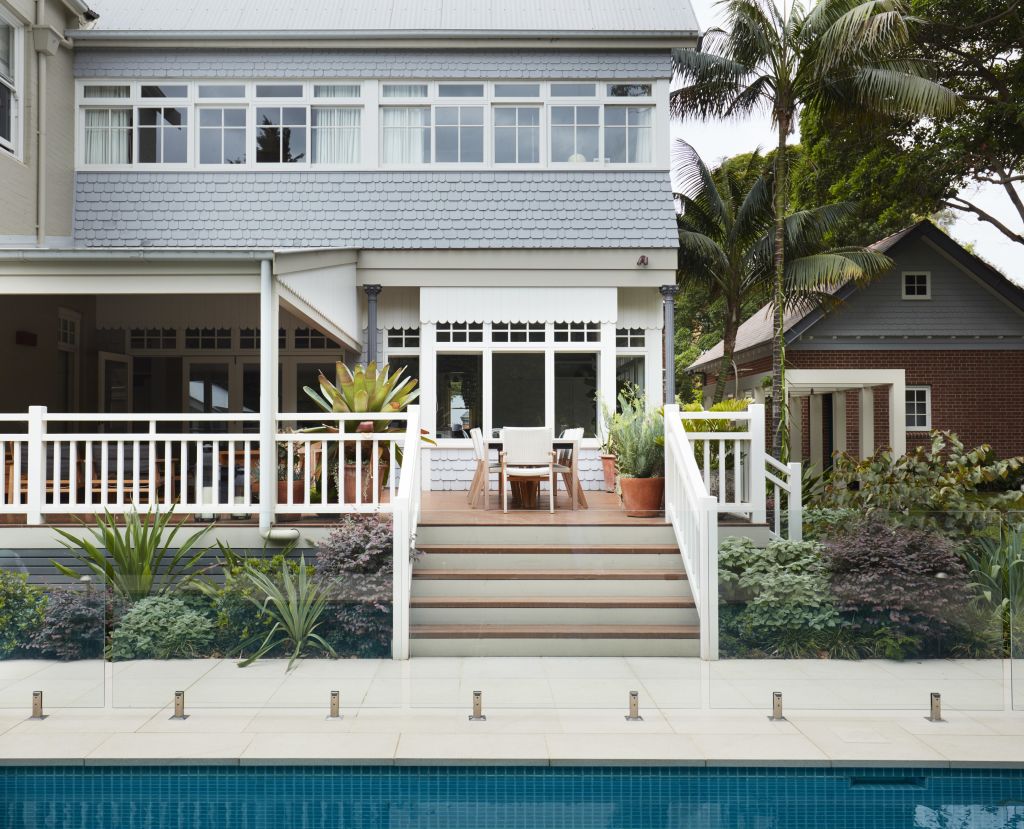
In many cases, the rear of a home – where “service areas” like laundries and bathrooms are located – can be extended or adapted to better suit modern lifestyles, says Skillbeck.
Gaining approval to renovate a heritage-protected property requires submitting a heritage impact statement as part of a development application.
Skillbeck says that delays often come about as a result of development applications that don’t properly consider a home’s heritage elements.
“Every property is slightly different,” she says. “My best advice is to get heritage advice from an experienced consultant earlier … so that you’re designing with the heritage aspects in mind from the beginning.”
Some common challenges that arise when renovating older properties include getting services like air-conditioning and plumbing installed and uncovering unexpected issues like termites, drainage problems and faulty wiring.
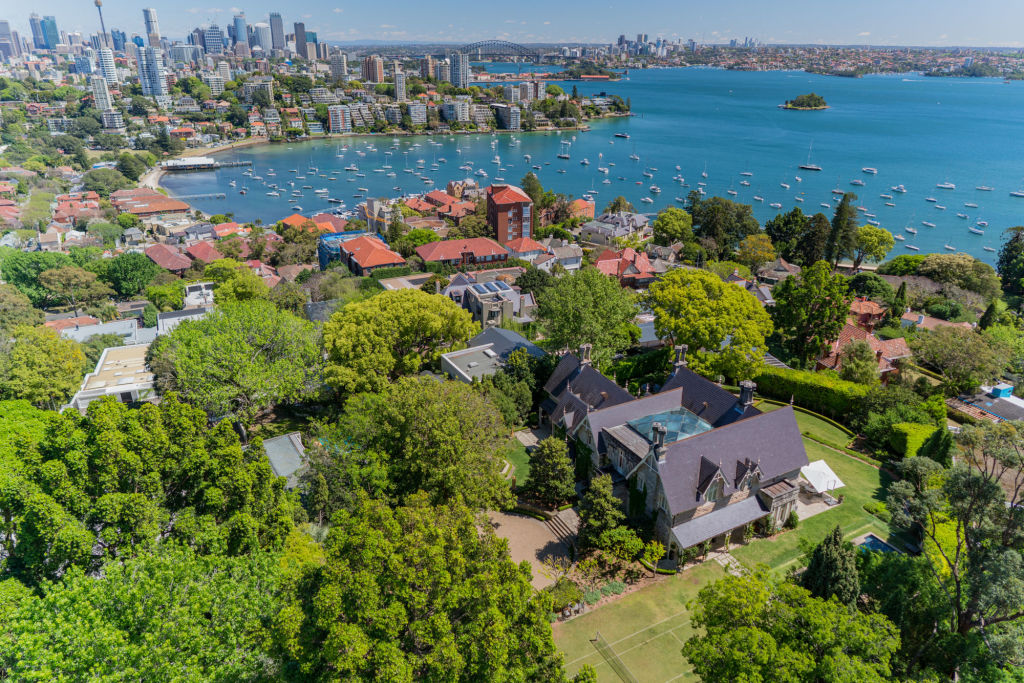
“When you start working on it, you never know quite how it’s been constructed and what you’re going to find,” Skillbeck says. “You always need to allow a contingency for those unknown factors.”
Collier points to Rona in Sydney’s Bellevue Hill – which sold for $58 million in 2018 – as an example of a heritage-protected property that was successfully transformed to suit a modern way of life.
He says that while some people are “initially spooked by the word heritage”, those who go through the proper processes to update historic homes “tend to do very very well”.
Ultimately, whether a heritage-protected home is right for you depends on your intentions, says McCabe.
“It really comes back to who the buyer is and what they are wanting to do. Research and due diligence around them is really important so you understand what you can do with the property.”
We recommend
States
Capital Cities
Capital Cities - Rentals
Popular Areas
Allhomes
More
